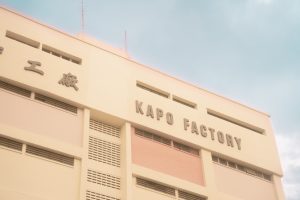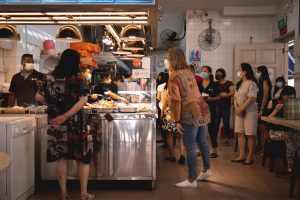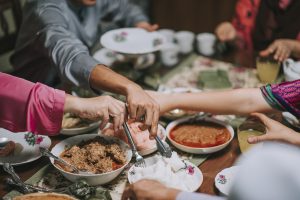It was eventually joined by another one—one that felt important simply because the whole world seemed to think so: “Which primary school are you going to?”
Primary school. How grown up, how exciting, how foreign. It was a phrase filled with anticipation, of leaving childish things behind and visions of canteens (that use real money!).
I still recall a friend’s giddy joy when she told me that she was going to Raffles Girls’; it didn’t matter that no one in our class had ever heard of it. All that mattered was that her parents had said it would help her get good marks for PSLE (what’s that?), and teachers beamed with joy when she told them.
Naturally, I too went home to ask my parents which ‘good school’ they were sending me to. Little did I know, the question would catapult me into a life drastically different from the one I was expecting.
“Sze-Anne, what do you think about homeschooling?”
“Homeschooling?”
“It means that Mummy will teach you at home instead of going to primary school.”
“… Means I don’t have to wake up early to take school bus or do homework like my friend?”
“Yes, but you still need to make sure you finish your lessons.”
“Okay, homeschool!”
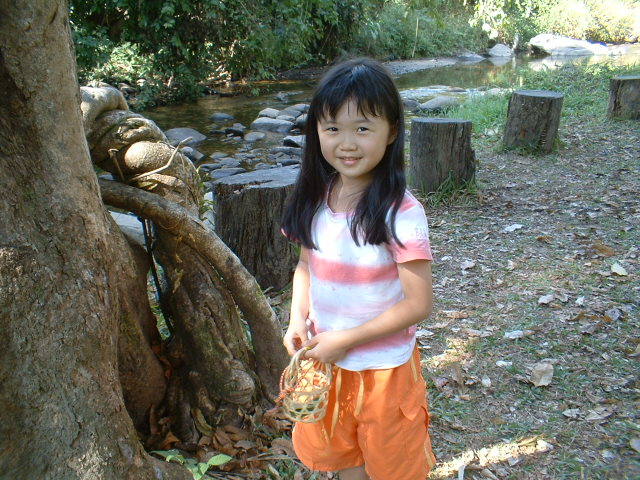
And our parents took “anywhere” very seriously. We started pulling our own cabin-sized luggages when we weren’t much taller than they were. From the humid city of Pontianak which is right smack on the equator to the jungle longhouses of Miri where we wondered when we’d be served monkey brain, we were there to live, make friends, and do. Simply “seeing” was just not on the table.
But of all the places I’ve toted my books to, the mountains of Northern Thailand hold some of my most vivid memories.
Accordingly, there were several ways in which I learned to see the world and live.
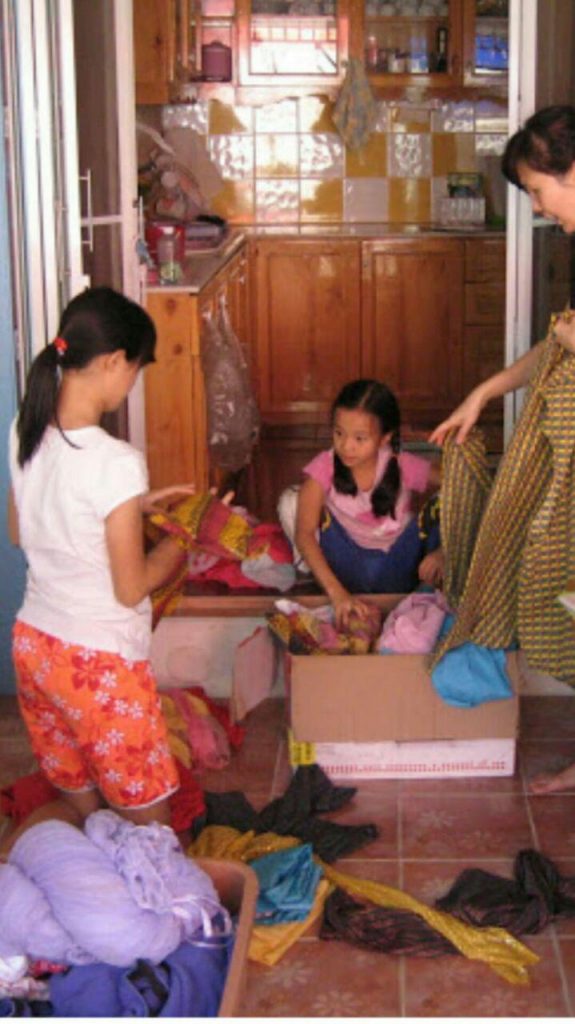
Waking up shivering in a sleeping bag to the sound of fighting dogs does that to you. Getting used to pushing aside filmy, pink mosquito nets before you can stumble out in the middle of the night does it even more.
As a kid, I thought that home back in Singapore with the kindergarten across the road was big, but quickly realised that not home was so much bigger. It was bigger than I could imagine; so immense that I compartmentalised and compressed expanses of cultural distance into just two points in my mind: Here, and There.
There, I squatted with my brother on a bamboo floor creaking with the precariousness of its suspension. We obeyed the village aunty’s mimed instructions to look for a crack wide enough to safely spit toothpaste through without risking our toes, and grinned at each other for how deliciously unreal it felt to be told to do something like that.
There, sinks were pails and taps were scoops. We bathed with ice-cold water in winter at the top of a mountain, where the only sounds were the straw roofs rustling fiercely with the wind; it was so dark you could barely see your hands.
There, time was like taffy—chewy candy—sometimes warm and languid and stretchy, sometimes hard and brittle and crackling with urgency. The latter usually the case when the rice was ripe for harvest, and we bumped and jostled along potholed roads to paddy fields in a truck while cricket chirps swelled loud in the grasses.
Here, taffy time is always already cooled into little blocks on a table. Supermarket floors gleam, and our soap is a uniform pink or green (there, hand soap is so rare, and the detergent is more oily water than bubbles, with black specks floating in it).
Here, everyone around us constantly asks what we need or want. If they’re not doing that, they’re telling us what to do so we’re spared from uncertainty or having to make decisions.

It’s curious. Whenever Singaporeans travel, we are so eager to remake our destinations in our own image.
We find the lack of fixed timetables inefficient, (read: disturbing). We cannot come to terms with the locals’ languid acceptance that their workers will come an hour or two later than the stipulated time, and take that into account when planning our day’s work.
The predictable norms of Singapore make us feel insulated; safe. And justifiably so. Not only do we want to decide for others what is “better” or “worse”, we want to see them implement “better” in practice.
When we travel, we insist on teaching English phrases and stress our hosts out by asking “what’s next” every half an hour if nothing is given to occupy us. We wonder aloud whether the food on the table will cause stomach-aches, and how people can stand it when their white tiles are covered with a fine, grainy layer of brown.
When we travel, half of our 20kg mental luggage limit is consumed carrying Singapore’s expectations with us. We use the other half to photograph and hypothesise. We have forgotten, it sometimes seems, to save space for the most important thing: the appreciation of difference.
Living outside of Singapore, however, has taught me to accept that people make their homes in their own image, and to always remember that we are only visitors. Sometimes, different just means … different. Living in Thailand—a country where cultures and landscapes separated by a few hours can be so unlike one another—has taught me to be less unnerved by it.

Salvaging belongings right after a fire and going on a tour of the fields with hats and sunscreen are two very different things. One instils an instinct to respond by doing, and the other by seeing. “Singapore” is frequently synonymous with know-how, or at the very least, know-better. But it’s only by doing that we realise the world often doesn’t work like the one in our hypotheses.
One cool morning, I had anticipated a friend’s impressed acknowledgement when I picked a useless leaf thinking it was the vegetable everyone was looking for. And as it is among children, there was no consolation, no face-saving. Only flaming cheeks, genuine laughter, and my friend’s threat to feed it to me raw.
In the evening of the same day, I lead three horses home on rope, and naively think that I can control them when they’re spooked by a motorcycle. Instead, long red welts from rope burn spread across my palms and fingers, painfully teaching me to have better sense. I realise that despite all my privilege and education, I don’t always know what I’m doing.
I learn what it feels like to do, and be proven the clueless one in the process.
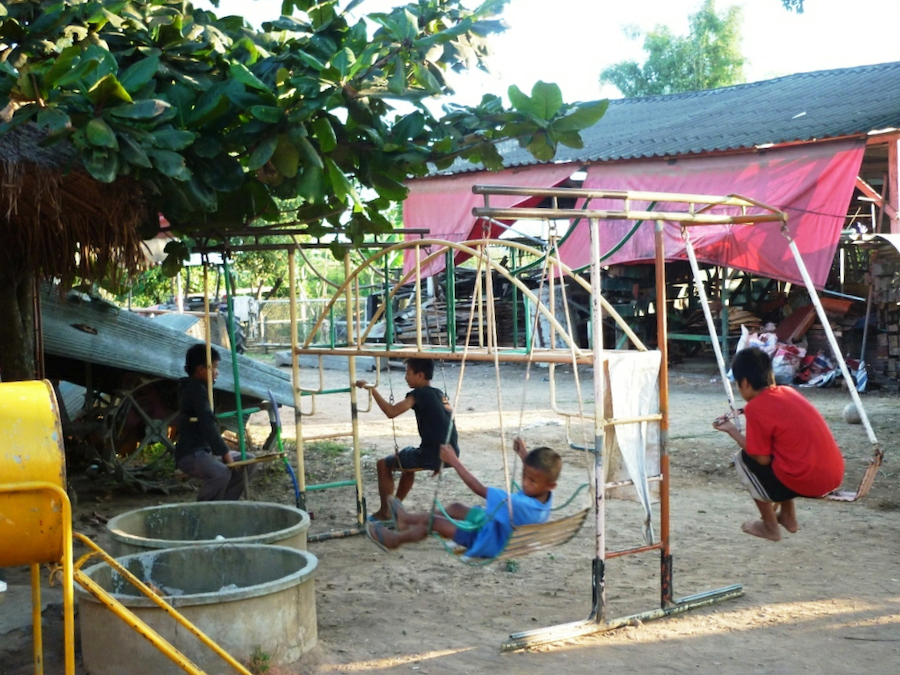
As a treat on Sundays, we would drive out to a waterfall that rushed into a fast flowing stream. We would tie a thick rope to a huge tree, before taking turns swinging out and plunging into the currents.
When I am first invited to do this, I flinch when I see the big stones and shake my head.
“No, the water is too cold.”
I look around for my mother to concoct a suitably adult excuse, but because she is nowhere to be found, I’m teased into jumping. I almost break my legs, but I learn to let myself heave the fear out in sobs once the shock wears off.
Then, I learn that people are so much kinder when I’m honest. When we bring other Singaporeans there the next year, I remember that I can be honest instead of jumping to look more local. I learn that sometimes, we can trust that our friends will still fit us in without our feeble excuses.
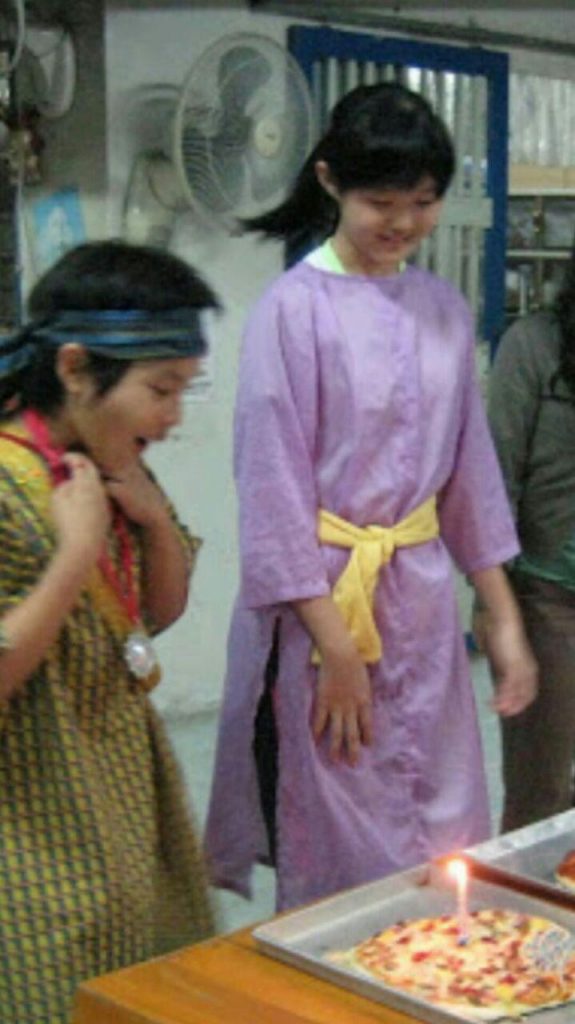
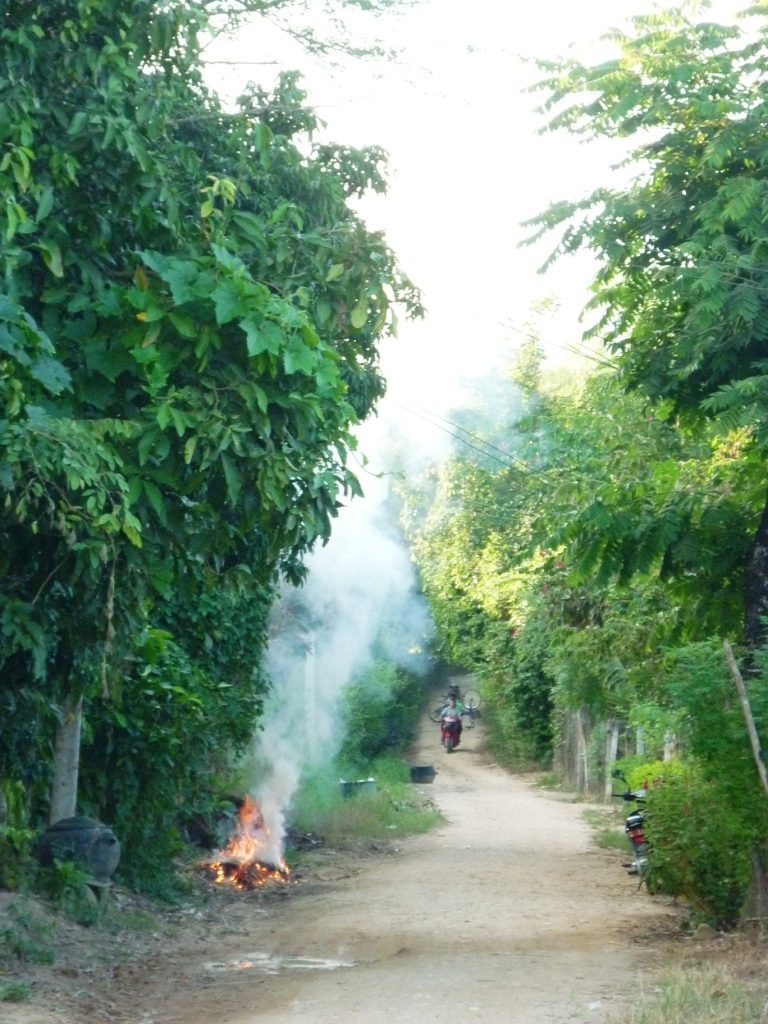
But after growing even more and finally being able to come to terms with life in both countries, I’ve learned that things cannot be so cleanly judged as “better” or “worse”. Of course, this doesn’t mean that we can’t have an opinion. But remembering that it’s our opinion, and not everyone else’s, might help us to be less afraid of different lifestyles or environments.
In a big country like Thailand, difference is everywhere: The light at night in the mountains is soft and uneven. Stars twinkle reassuringly unless the neighbours smoke the sky by burning electrical cables to extract copper wire.
But just three hours down the winding mountain road in Chiang Mai, night markets luridly outshine the stars, and the temples are big and grand. Go further north instead, and Mae Sai marks the Thai-Myanmar border, chock full of vendors selling fried broad beans and blankets in little crooked streets.
And all that difference is contained within a tiny corner of Thailand that hasn’t even been compared with Bangkok or Phuket or Krabi.
Sometimes, we as Singaporeans jokingly magnify our differences by identifying as Easties and Westies according to our proximity to the airport or Malaysia. But our geography tells the truth; as much as small, contained, same Singapore may feel like our world, it is not the world. And life can be so much more exciting for it.


